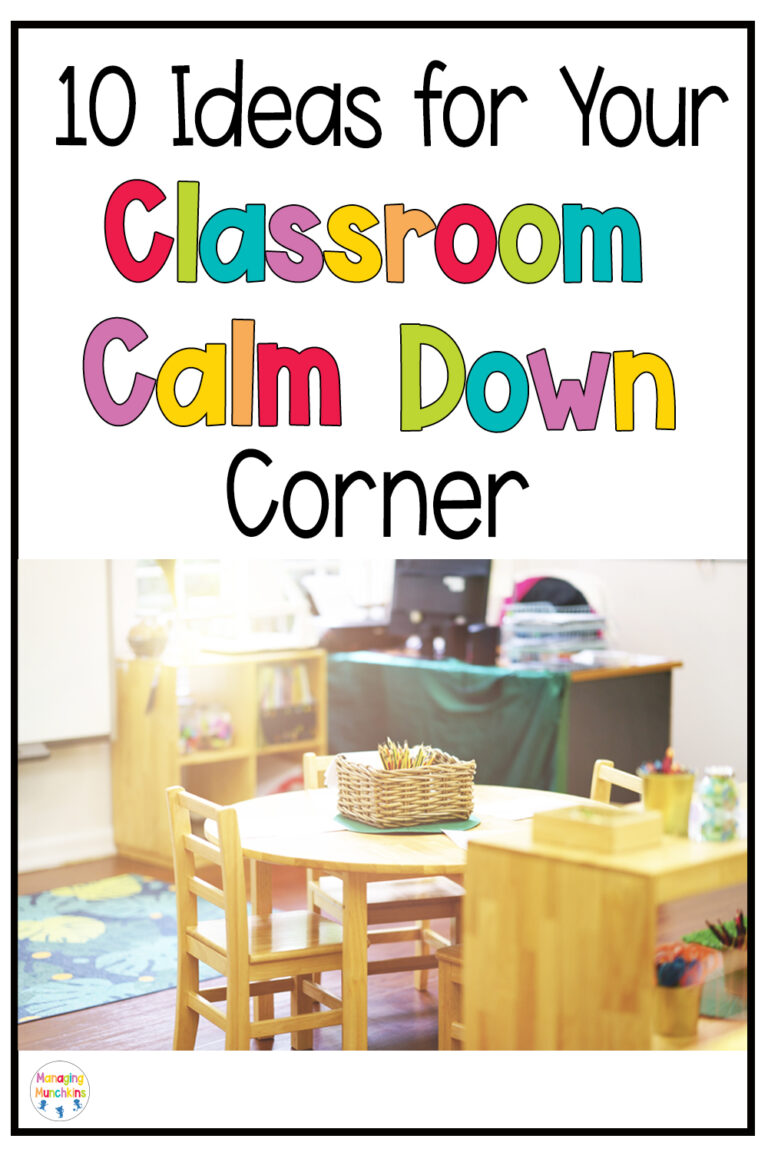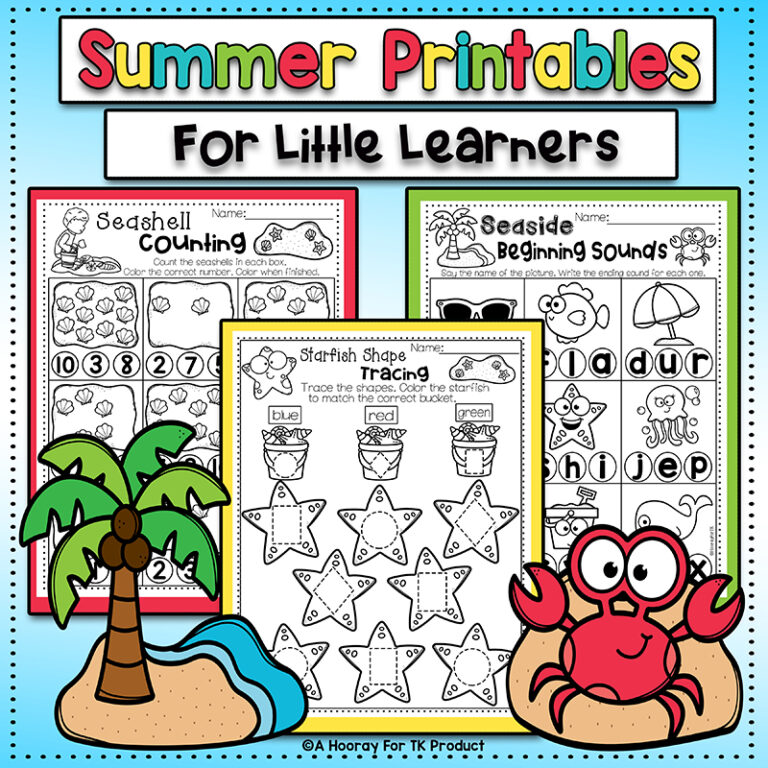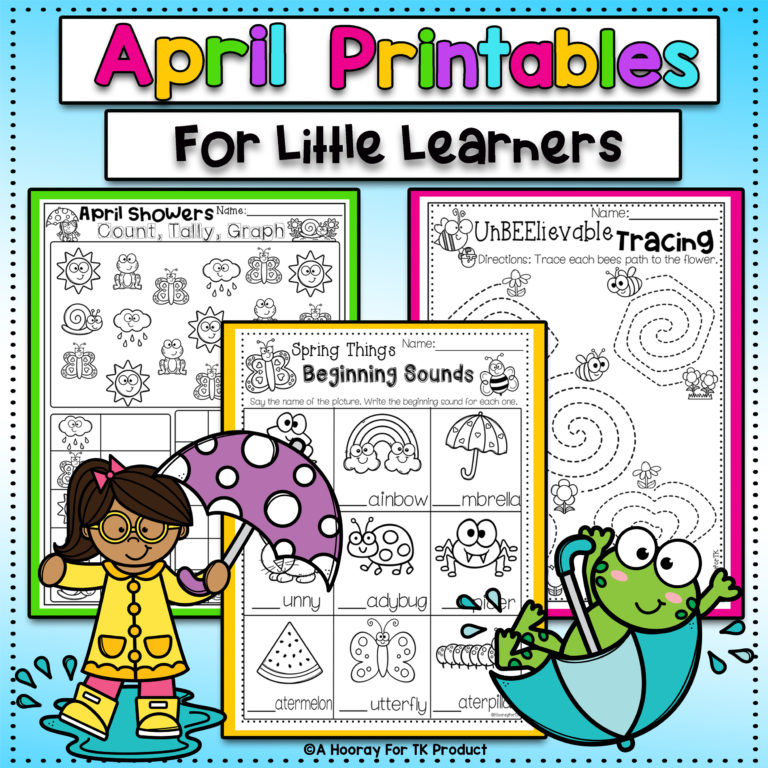Let’s Talk about a Student Behavior Plan: Why They fail and How to Fix Them
Hello there, I’m Katherine Barker, and in this blog post, I want to share the three biggest mistakes I often see in a student behavior plan. Additionally, I’ll provide tips on how to troubleshoot and fix any issues you might be experiencing with your own behavior management strategies.
Let’s Talk about a Student Behavior Plan: Why They Fail and How to Fix Them

Mistake 1: Lack of Positive Reinforcement
One major mistake I observe is the absence of positive reinforcement in behavior plans. As a substitute teacher, I once encountered a classroom using a clip chart system. All students started at the top (green) and could only move down to yellow, red, or black. The issue was that students had no goal to strive for—they started at the top and remained there without any real incentive.
To address this, I began taking the clothespins of students making good choices and clipping them onto my lanyard. This simple act had a profound impact. The students were thrilled to see their clothespins on my lanyard, and they started working even harder to earn that recognition. It showed me the power of positive reinforcement.
Research consistently shows that both children and adults respond better to positive reinforcement. It feels good to work towards a goal and receive acknowledgment. For targeted behavior plans, such as for an individual student, it’s essential to include positive reinforcement. This could be in the form of tokens, stickers, or other small rewards that accumulate towards a bigger reward. Behavior plans driven by positive reinforcement are more effective and elicit better responses from students.
Mistake 2: Inconsistency
Consistency is crucial in behavior management, yet it’s often challenging to maintain. I understand how hectic teaching can be, with field days, assemblies, fire drills, and other disruptions. However, it’s important to be as consistent as possible with behavior plans.
For example, if you use a sticker chart where students earn a reward after collecting a certain number of stickers, it must be applied daily. Inconsistent application—such as using it on some days but not others—confuses students and diminishes the plan’s effectiveness. To help with consistency, keep the behavior management plan visible and easily accessible, such as on your desk or near your guided reading table, to serve as a reminder to apply it daily.
Mistake 3: Irrelevant Rewards
Another common mistake is using rewards that don’t matter to the student. If the student doesn’t care about the reward, they won’t be motivated to work for it. It’s essential to find rewards that genuinely motivate students—something they really want and are willing to work hard for. The reward should be significant enough to be missed when not earned and highly satisfying when achieved.
Conclusion on Mistakes Made with a Student Behavior Plan
Avoiding these three common mistakes—lack of positive reinforcement, inconsistency, and irrelevant rewards—can greatly enhance the effectiveness of your student behavior plan. By grounding behavior management in positive reinforcement, maintaining consistency, and selecting meaningful rewards, you can create a more motivated and well-behaved classroom.
I hope you found this information helpful. Be sure to check out my video on “The Three Classroom Behavior Management Plans Proven to Improve Student Behavior” for more insights. Until next time, happy teaching!






